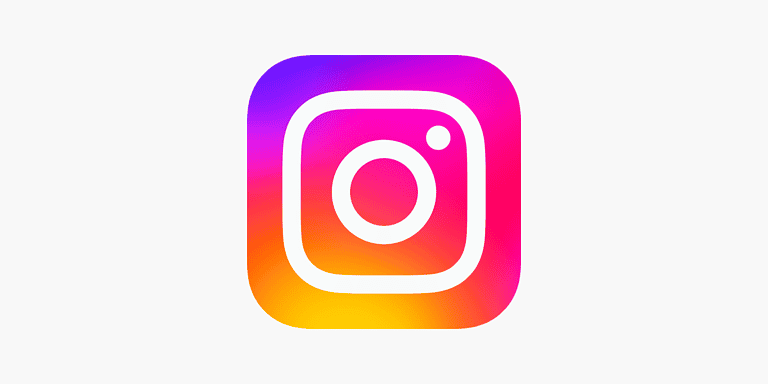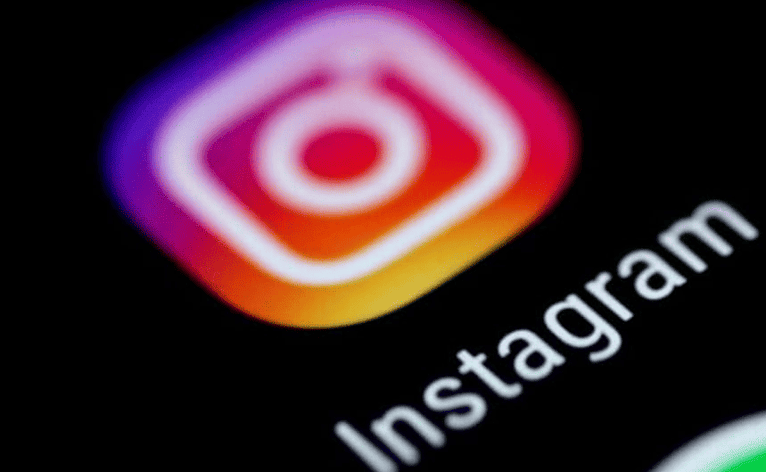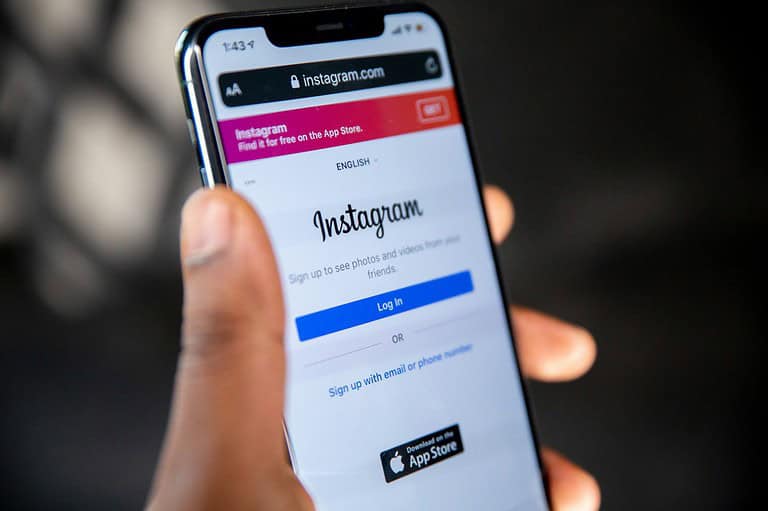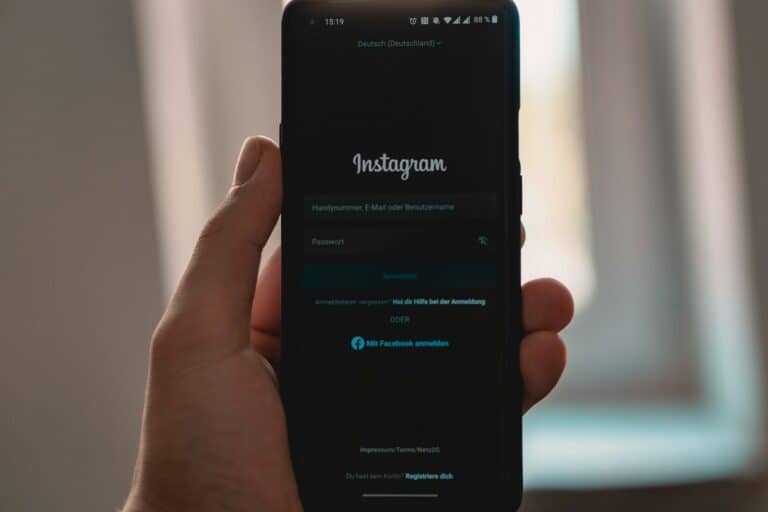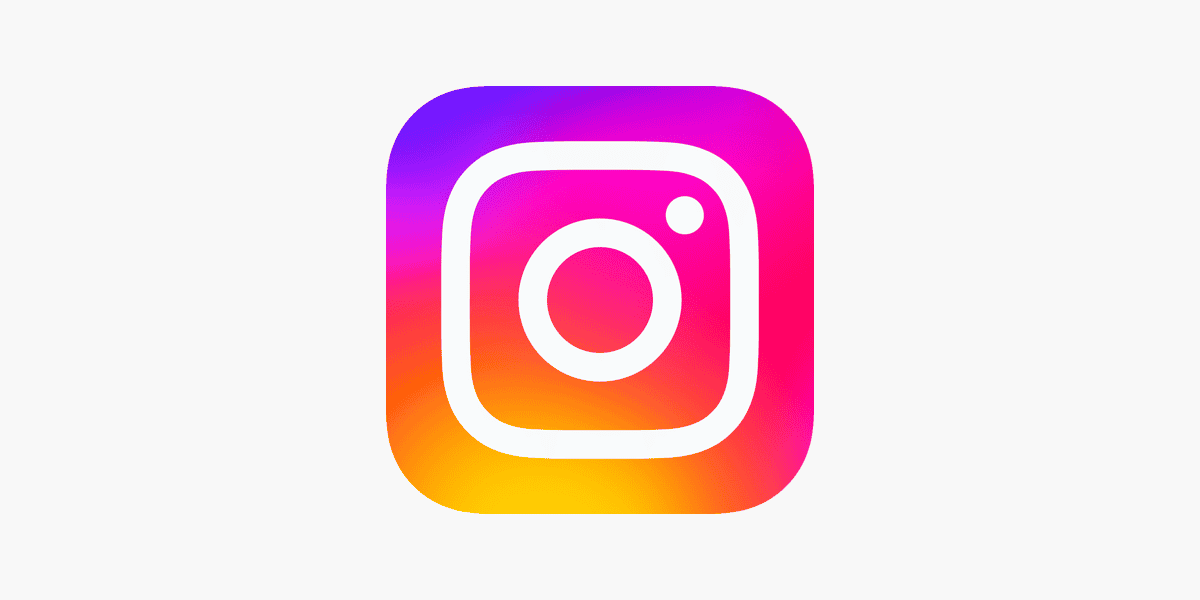
Instagram users often wonder about the balance between their followers and those they follow. You can see who doesn’t follow you back on Instagram by using the app’s built-in features or third-party tools. This information helps users manage their social connections and engagement on the platform.
The simplest method involves manually checking your followers list against your following list. This process can be time-consuming but gives you direct control. For a quicker solution, many Instagram users turn to third-party apps designed to analyze follower relationships. These tools can quickly identify accounts that don’t reciprocate your follow.
Understanding who doesn’t follow you back can inform your Instagram strategy. It allows you to refine your follower list, focus on engaging with mutual followers, and potentially improve your content to attract more genuine connections.
Check Who Doesn’t Follow You Back On Instagram
There are a few ways to see who doesn’t follow you back on Instagram:
1. Manual Check:
- Go to your profile and tap on “Following.” This shows a list of all the accounts you follow.
- Start going through the list and tap on each account.
- On their profile, tap “Following” to see who they follow. If your name isn’t at the top of their following list, they don’t follow you back.
Pros: This method is free and doesn’t require any third-party apps. Cons: This is very time-consuming, especially if you follow a lot of people.
2. Third-Party Apps:
There are many apps available on iOS and Android that can help you track your followers and identify those who don’t follow you back. Some popular options include:
- FollowMeter for Instagram: This app provides insights into your follower activity, including who unfollowed you, who isn’t following you back, and more.
- Followers Insight: This app offers similar features to FollowMeter, with additional analytics like ghost followers and secret admirers.
- InstaFollow: This app helps you manage your followers, track unfollowers, and identify non-followers.
Pros: These apps can save you time and provide additional insights into your Instagram account. Cons: Some apps may require access to your Instagram account data, which could raise privacy concerns. Also, Instagram’s API restrictions may limit the accuracy and functionality of these apps.
3. Data Download and Comparison:
- Request your Instagram data from the app. Go to your profile, then Settings > Security > Download Data.
- Once you receive the data, unzip the file. You’ll find separate files for your followers and following lists.
- Use a comparison tool to identify the differences between the two lists. There are websites and apps that can help you with this, or you can do it manually using a spreadsheet program.
Pros: This method is relatively reliable and doesn’t require third-party apps. Cons: It can be a bit technical and time-consuming, especially if you have a large following.
Important Notes:
- Instagram has limits on how often you can follow and unfollow people. Be mindful of these limits to avoid getting your account flagged or temporarily blocked.
- Third-party apps may not always be accurate or reliable. Use them with caution and be aware of the potential privacy risks.
- Focus on building genuine connections on Instagram. Don’t obsess over who follows you back. Instead, engage with content you enjoy and interact with other users authentically.
Key Takeaways
- Manual checks and third-party tools can reveal non-reciprocal followers
- Knowing your follower dynamics helps refine your Instagram strategy
- Regular follower analysis can improve your account’s engagement
Understanding Instagram Followers and Following Dynamics
Instagram’s follower and following system forms the backbone of user interactions on the platform. These relationships impact content visibility, engagement rates, and overall account growth.
Exploring Follower and Following Lists
Instagram users can view their follower and following lists through the app’s profile section. The follower list shows accounts that have chosen to follow the user, while the following list displays accounts the user has opted to follow.
Users can compare these lists to identify non-reciprocal relationships. This comparison helps users spot accounts they follow that don’t follow them back.
Third-party apps offer automated solutions for this task. These tools analyze follower data and generate reports on non-reciprocal follows.
The Significance of Engagement and Follower Count
Follower count serves as a basic metric of account popularity on Instagram. However, engagement rate provides a more accurate measure of content performance and audience connection.
Engagement rate calculates the percentage of followers who interact with posts through likes, comments, and shares. A high engagement rate indicates an active and interested audience.
Instagram’s algorithm favors accounts with strong engagement. This preference can lead to increased visibility in followers’ feeds and on the Explore page.
Quality followers who regularly interact with content are more valuable than a large number of inactive followers. Focusing on building an engaged audience often yields better results than pursuing follower count alone.
Manual Methods to Identify Non-Followers
Instagram users can employ simple techniques to discover which accounts don’t reciprocate their follow. These methods utilize the app’s built-in features and require no third-party tools.
Check Your Followers Manually
Users can review their followers list to identify non-reciprocal follows. This process involves comparing the “Following” and “Followers” lists within the Instagram app. To start, users tap their profile icon and select “Following.” They then review each account, searching for it in their “Followers” list. This method works best for accounts with fewer followers, as it can be time-consuming for larger accounts.
For efficiency, users can alphabetize their lists. They should focus on accounts they remember following but don’t see in their feed. It’s important to note that private accounts won’t appear in searches unless the user already follows them.
Utilizing Instagram’s Features
Instagram offers features that simplify the process of identifying non-followers. The “Mutual Followers” function shows accounts that follow both the user and another specific account. To use this, users visit a profile they’re following and tap “Following.” They then select “Mutual Followers” to see shared connections.
Another useful feature is the “Least Interacted With” list. Users can access this by tapping the three lines in the top right corner, selecting “Settings and Privacy,” then “Accounts Center,” and finally “Your Instagram Account.” This list shows accounts the user rarely engages with, which may indicate non-reciprocal follows.
Users should remember that follower counts fluctuate. Regular checks help maintain an accurate picture of follower relationships.
Third-Party Apps and Tools
Third-party apps and tools offer solutions for tracking Instagram followers and unfollowers. These applications provide features beyond Instagram’s native capabilities, allowing users to gain insights into their follower dynamics.
Pros and Cons of Third-Party Apps
Third-party apps streamline the process of identifying non-followers. They save time by automatically comparing follower lists and highlighting discrepancies. Many apps offer additional features like follower growth tracking and engagement analytics.
However, these apps come with risks. Users must share their Instagram login credentials, potentially compromising account security. Some apps may violate Instagram’s terms of service, risking account suspension. Data privacy concerns arise as these tools access personal account information.
Apps may also provide inaccurate results due to API limitations or outdated data. This can lead to false unfollower reports or missed changes in follower status.
Recommended Third-Party Tools
Several reputable tools exist for tracking Instagram followers. Followmeter is a popular choice, offering a user-friendly interface and basic follower analytics. It provides insights on recent unfollows and new followers.
Combin focuses on follower growth and management. It offers features like follower tracking, post scheduling, and hashtag research. The tool helps users identify inactive followers and potential accounts to engage with.
InstaFollow provides a simple solution for checking non-followers. It displays lists of users who don’t follow back and allows for quick unfollowing. The app updates follower data regularly to ensure accuracy.
When choosing a tool, prioritize those with strong security measures and positive user reviews. Free versions often suffice for basic needs, while paid options offer more comprehensive features.
Optimizing Your Instagram Presence
Instagram optimization involves strategic content creation and account management. These practices help boost visibility and engagement on the platform.
Content Quality and Credibility
High-quality content is crucial for Instagram success. Users should post clear, visually appealing images and videos that align with their brand or personal style. Consistency in posting schedule and aesthetic helps build a recognizable feed.
Credibility is equally important. Users can enhance their credibility by:
- Using relevant hashtags
- Engaging with followers through comments and direct messages
- Sharing authentic, original content
- Avoiding excessive use of filters or editing
Ghost followers, who don’t engage with posts, can negatively impact credibility. Regular account audits help identify and remove these inactive followers.
Account Type and Engagement Strategies
Switching to a business account provides valuable insights into follower demographics and engagement rates. This data helps users tailor their content to their audience’s preferences.
Effective engagement strategies include:
- Posting at optimal times based on audience activity
- Using Instagram Stories and Reels to increase visibility
- Collaborating with other users or brands
- Running contests or giveaways
Following back active users can boost engagement. However, it’s important to maintain a balance and focus on quality connections rather than sheer numbers.
Monitoring the follower-to-following ratio helps users assess their account’s growth and attractiveness to potential new followers.
Frequently Asked Questions
Instagram users often seek efficient ways to manage their follower relationships. These questions address common concerns about identifying non-followers and maintaining a balanced follow list.
How can I identify users who have not followed me back on Instagram?
Instagram’s native features allow users to check their followers manually. Open your profile, tap “Following,” and scroll through the list. Compare it with your “Followers” list to spot accounts not following back. This method works best for accounts with fewer followers.
What are the methods to determine non-followers on Instagram without using an app?
Users can employ Instagram’s built-in search function. Go to your “Following” list and search for specific usernames. If a user appears, they’re still being followed. Repeat this process in your “Followers” list to cross-reference.
Is there a way to check who doesn’t follow you back on Instagram for free?
Yes, Instagram offers free methods to check non-followers. The manual approach involves comparing “Following” and “Followers” lists. Some third-party websites also provide free basic follower analysis, though caution is advised when using external services.
Are there any reliable apps available that show who hasn’t followed back on Instagram?
Several third-party apps claim to offer this feature. Popular options include FollowMeter and Followers Track. These apps often require access to your Instagram account, so users should review privacy policies before use.
Can I view my non-follower list on Instagram through a third-party service?
Third-party services exist that compile non-follower lists. These tools typically require login credentials, raising privacy concerns. Users should carefully consider the risks before sharing account information with external platforms.
What steps should I take to unfollow users who do not follow me back on Instagram?
To unfollow non-reciprocal accounts, first identify them using manual checks or approved tools. Visit each profile individually and tap the “Following” button to unfollow. Alternatively, some third-party apps offer bulk unfollow features, but these may violate Instagram’s terms of service.

